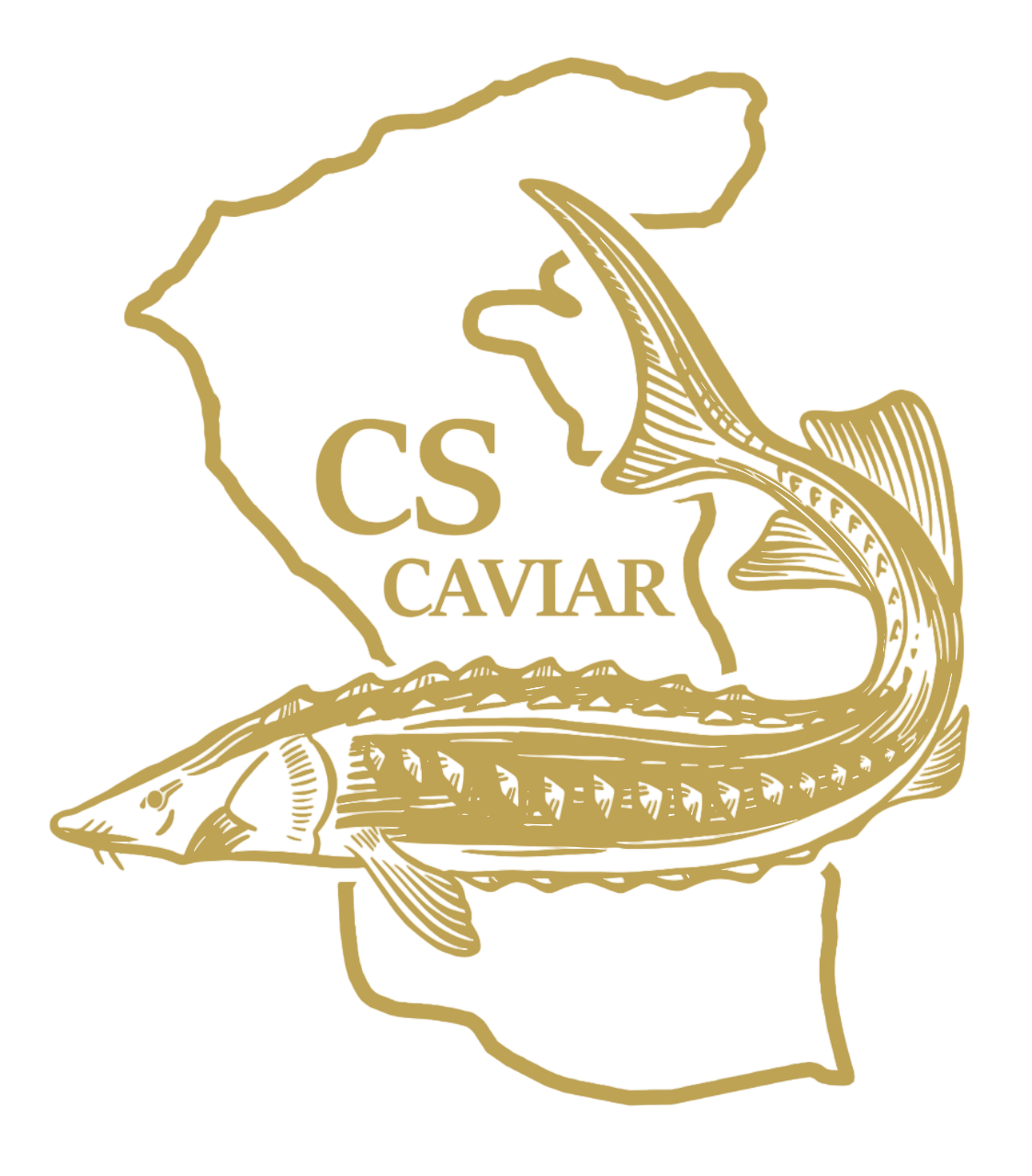The history of caviar dates back to ancient times, when it was consumed by the Greeks, Romans, and Persians. In fact, the word “caviar” is derived from the Persian word “khaviar,” which means “bearing eggs.”
Caviar has traditionally been considered a luxury food item and has been enjoyed by royalty and the wealthy throughout history. In the 19th and early 20th centuries, Russia was the world’s largest producer of caviar, and it was a staple of Russian cuisine. Russian caviar was highly prized and exported around the world, particularly to Europe and the United States.
However, due to overfishing and poaching, sturgeon populations have declined significantly in recent decades, and the harvest of wild sturgeon and the sale of their caviar have been restricted or banned in many countries. This has led to the development of sturgeon farms, where sturgeon are raised in controlled conditions to produce caviar.
Despite the decline in wild sturgeon populations, caviar remains a highly sought-after delicacy around the world, and its uses have expanded beyond traditional cuisine. In many countries, caviar is still considered a symbol of luxury, and it is often served at high-end restaurants and events such as weddings and New Year’s celebrations.
In Russia, caviar is traditionally served on blini, a type of thin pancake, with sour cream or butter. It is also commonly used as a topping for sushi and other seafood dishes. In Iran, caviar is often served with bread or crackers, and it is also used as a garnish for dishes such as rice and omelettes.
In Japan, caviar is often used as a topping for sushi and other seafood dishes. In China, caviar is often served with rice or noodles, and it is also used as a filling for dumplings and other traditional dishes.
In addition to its culinary uses, caviar has also been used in the beauty industry. The high concentration of vitamins and minerals in caviar has led to the development of skincare products that claim to improve skin health and reduce the signs of aging.
Overall, caviar has a long and rich history, and its uses and popularity have evolved over time. While the decline in wild sturgeon populations has led to restrictions on the sale and consumption of caviar in some countries, it remains a sought-after delicacy and a symbol of luxury and indulgence around the world.





